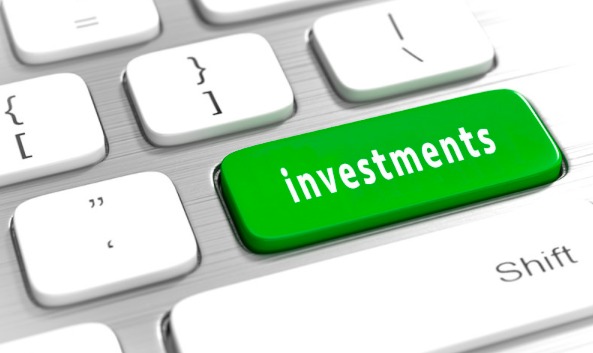 Author: John D. Frankola, Vista Investment Management
Author: John D. Frankola, Vista Investment Management
Covestor Model: Core Holding
Disclosure: None
Let’s say you possessed a crystal ball which could foretell significant world events months before they happened. At the beginning of the year, the crystal ball predicted there would be major political uprisings in North Africa and the Middle East as well as the ouster of long-time dictators. It foretold a civil war in Libya, a halt to all Libyan oil exports, and the US entering the war on the side of the rebels. It forecasted a big spike in the price of oil and a sharp decline in the US dollar. Even more amazing, the crystal ball foretold a 9.0 earthquake and tsunami devastating Japan – the world’s worst natural disaster in terms of economic losses. As part of the aftermath, six aged nuclear reactors, lacking back-up power, would face the possibility of meltdown, potentially causing a major environmental catastrophe.
If an investor knew of these extraordinary events months before they occurred, it is likely that he or she would have been inclined to sell their equity holdings. Clearly, the stock market typically does not react well to negative news. However, in the face of major unsettling events, the stock market, as measured by the S&P 500 Index (NYSE: SPY), had its best first quarter since 1998, producing returns of 5.7%.
The market did suffer a minor correction during the quarter, declining by 6.4% during March, but then rallied to close the quarter within 1.3% of its post-crash high. Since it bottomed on March 9, 2009, the S&P 500 has risen 96% as of April 1, 2011 – it now stands approximately 15% below its all-time October 2007 high.
With their recent performances, the S&P 500 and Russell 2000 (NYSE: IWM) indices now display positive returns for the current quarter, 1, 3, 5 and 10-year periods. It is the first quarter-end since September 30, 2007 that shows positive returns for all time frames. While the 3, 5, and 10-year returns are below the long-term average for stocks (that is almost 10%), moving into positive territory will go a long way toward restoring investor confidence in equities.
While the market has moved beyond the fears of a double-dip recession that spooked it in the middle of 2010, most of last year’s nagging problems still exist. Several European countries struggle with massive debt problems, the US faces large budget deficits at the federal, state and local levels, and the housing industry shows almost no signs of recovery.
To explain how the market rose in the face of all of the pessimistic news is almost as difficult as trying to predict the stock market’s next move. The most obvious explanation for the strong stock market performance is that the US economy continues to show signs of recovery, and that the current expansion is unlikely to be derailed by recent negative events. GDP is growing, unemployment is declining, and corporate earnings are rising. While significant problems exist, most indicators point to continued improvement. In addition, investors who had moved money into low-returning fixed income securities as a safe haven over the last several years are now more comfortable investing in stocks.
The last quarter taught us once again, it is virtually impossible to predict the short-term course of the stock market, or any of the events that might impact it, or how the market will react to those events. Despite many investors’ focus on market-timing strategies, this endeavor will usually prove futile and generally have a negative impact on portfolio performance. Alternatively, it is my belief that good long-term equity performance can generally be achieved by owning reasonably valued, well-managed companies that have competitive advantages within their respective industries.
Fixed income investments produced modest returns in the first quarter as interest rates inched higher. The BarCap Aggregate Bond Index, which measures the performance of the taxable bond market, generated 0.4% return during the quarter. The BarCap Municipal Bond Index produced 0.5% return.
The yield on the benchmark 10-year Treasury bond rose from 3.30% to 3.45% during the quarter.
Most observers believe that the Federal Reserve’s purchase of Treasury securities as part of its current quantitative easing program has resulted in maintaining a low interest rate environment (as the Fed intended). There is some concern that interest rates will begin to rise when this program ends in June. Rising interest rates generally result in lower prices for fixed income securities.
The events of the last three years have been difficult for many Americans. Almost everyone suffered in some way – the loss of a job, the loss of value in their home and investment accounts, and the general anxiety caused by a global financial crisis. While prosperity has not returned for everyone, most recognize that the current trend is showing steady improvement. Although significant problems need to be resolved, further progress should contribute to positive results for investors.
John D. Frankola, CFA
Sources:
All stock, bond and index pricing from Yahoo Finance, http://finance.yahoo.com
“Barclays Capital – Index Products” Barclays Capital. https://ecommerce.barcap.com/indices/index.dxml



